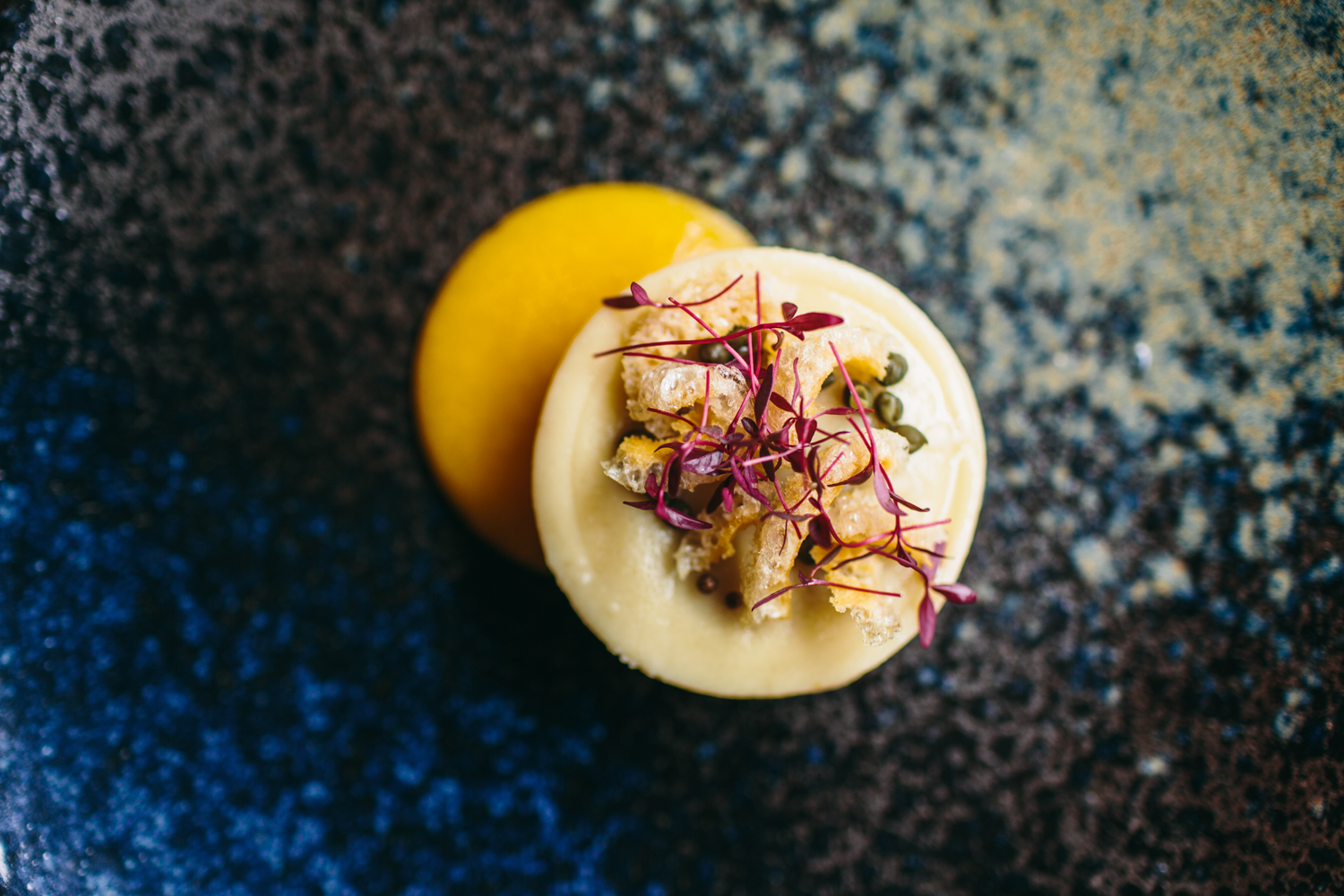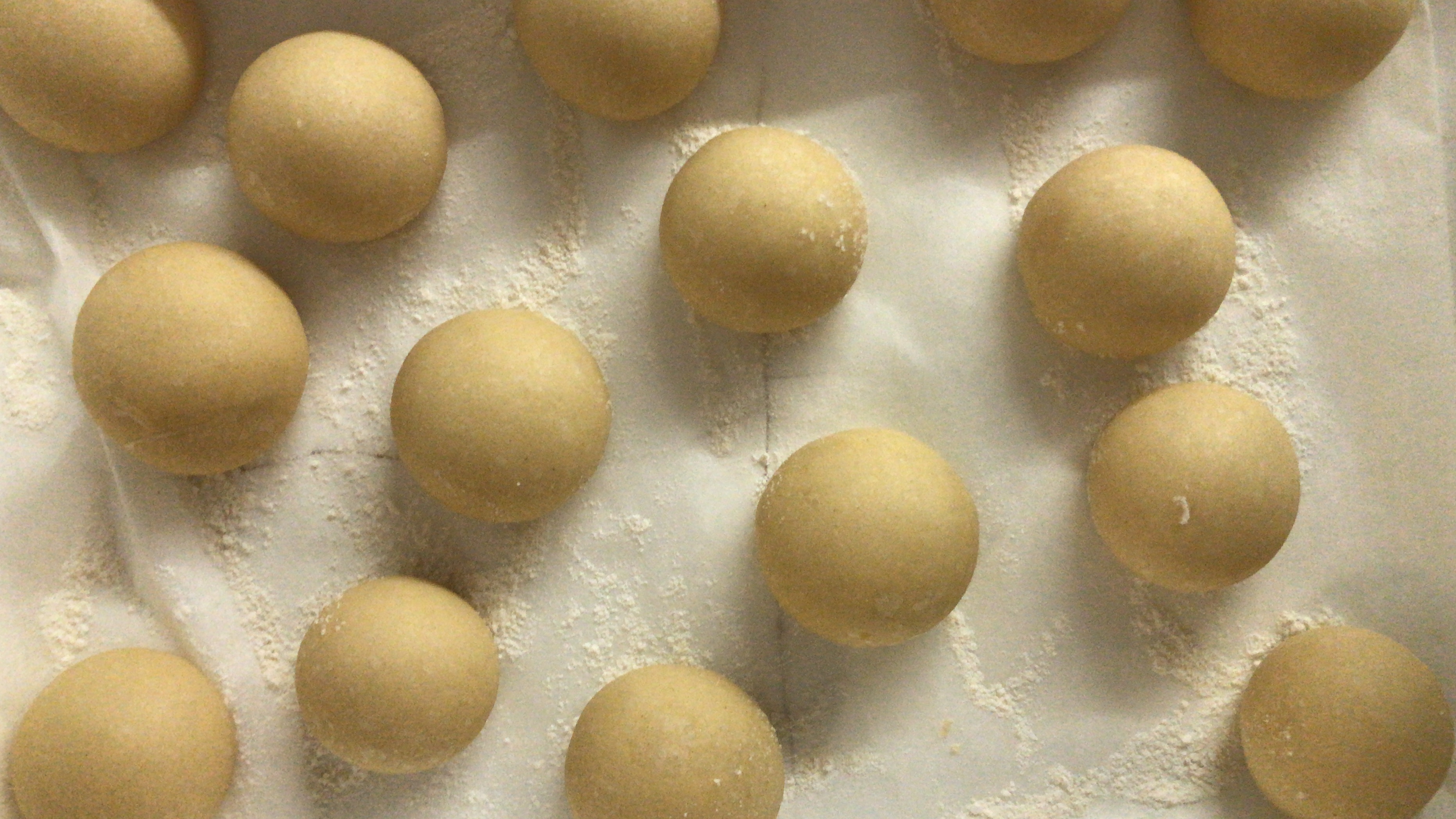Dish Design (How We Assemble Flavour)

How We Assemble Flavour.
Many times when you produce a plate of food in a restaurant, a common response is, “I could never do that at home.” Nor should you, unless you’re retired and hate golf; it would be impractical. For the vast majority, you have the day job from 9 to 5, then come home and squeeze in dinner, which should take less than an hour with some guidance from Jamie or Delia. For chefs, it’s the reverse: our 9 to 5 is dinner, and things take time. For example, here at Henry’s, the sauces from start to finish take three days, the Cheese Royal takes two days, and even a simple pastry for the chocolate tart case must be made, rested, rolled, pressed, chilled, blind baked, egg washed, and then baked again. Eight hours later, you have a case. It all takes time but is worth it in the end. What I want to do in this article is break down the thought process of creating a dish from start to finish, using a current menu as an example.
It starts with the season. In this case, spring. Over the years, we have built a map of all the produce at its best in spring. Working with the season means the produce is more available and typically a better price. From fish to herbs, vegetables, and meat, each subheading branches out to provide options for availability and quality. However, this is a rough guide, giving you ballpark parameters to work with, and as we know here in England, you can't predict the weather. So, the seasonal map is then backed up by a call to our suppliers who see the market each day and can fine-tune you to the best produce available at that time.
Now that we know what to work with, the next decision is one I call "the weight." What does that mean? Well, in winter, people seek comfort, warmth, and depth, such as in a confit beef cheek with wild mushroom risotto covered in red wine jus. This represents a high weight and is not what you might look for on a hot summer evening; instead, you might seek a ceviche, which in my mind is low in weight. In short, the dishes lighten with heat and deepen in the colder seasons. For spring, you mix the two, showcasing elements of both rich comfort and lightness.
Now that we know what to use and the weight to create, I will use our lamb dish that features here in spring as an example. The starting point is the protein (lamb). We add weight to this by marinating it overnight in yogurt, cumin, and honey, which give the meat a rich caramel flavor when roasting. I try not to use more than three key flavours; any more than that and things get confused and don’t work. There's a lot to be said for buying great ingredients and keeping it simple. Then we introduce some fat—in this case, a hazelnut purée, which provides a great mouthfeel and complements the lamb extremely well.
Now we need texture; so far, this all has depth, but it is soft. Baby stem artichokes were a market recommendation and would tie in well here for the next consideration: acidity. Mint sauce with lamb works, not so much for the mint but for the vinegar it’s blended with; lamb loves the right balance of acidity. We cook the artichokes in a vegetable stock high in white wine vinegar and lemon juice, producing a sharp, fibrous artichoke that brings both texture and acidity to the plate. I will move on from this point, but chefs often look at acid the way we look at salt—as an enhancer used sparingly, as it can easily take over the palate.
For more texture, I add a grilled spring onion, which offers crunch and slight smokiness to round things off, all finished with a lamb jus for further depth and comfort. The next stage is to test, taste, and adjust the entire dish with the kitchen, asking three simple questions: What works? What doesn’t work? How can it be improved? This leads to adding or subtracting items from the dish until it reaches a point we are happy with.
To summarize, we take the season, establish the weight, decide on the protein as a reference point, add fat, add texture, limit the flavour combinations, taste, test, and adjust. However, this is not a foolproof method. Often, we pursue a dish and end up scrapping it completely if the principal flavours are wrong. You're better off starting over rather than trying to salvage something at the end. For the most part, though, it works, and we can take a dish year on year, bring it back, and fine-tune it further.
For example, Bath is covered in wild garlic, which would work well here as an oil for color contrast and flavor on the plate. There are exceptions to this: a dessert and vegetarian dish are designed differently, and I intend to break this down in another article. Just finishing things off with a rule that hangs over all of this: “flavour is king.” Chefs can easily get lost in techniques and contrasts, making things complex and impressive to the eye but lacking substance when eaten. It’s difficult, without a smartphone to aid memory, to recall what a dish looks like. Still, when flavours take priority, you always remember the feeling of a good meal.
Henry

